Ngorongoro – Vast Volcanic Crater, Diverse Wildlife, Enriching Maasai Culture
Explore wildlife, culture, and history in stunning Ngorongoro
The Ngorongoro Conservation Area centred around the massive Ngorongoro Crater—the largest intact volcanic caldera in the world—is a place of natural wonder. Originally taller than Mount Kilimanjaro, this area combines wildlife with the traditional lifestyles of the semi-nomadic Maasai tribes.
Ngorongoro Safaris take you to this diverse region, part of Tanzania’s famous northern circuit adjacent to the Serengeti National Park. Known for one of the highest concentrations of wildlife in Africa, it provides exceptional game viewing opportunities. The area features a mix of lush vegetation, highland forests, and open savannas, providing homes for over 25,000 large animals.
Here, you can see many predators including lions, hyenas, and leopards, alongside vast herds of zebras, buffaloes, and elephants. The crater is also a hotspot for bird enthusiasts, with species like flamingos and ostriches frequently seen.
The Ngorongoro Conservation Area also includes the Olduvai Gorge, known as the "Cradle of Humankind," where some of the earliest evidence of humans was found.
In addition to experiencing the stunning landscapes and diverse wildlife, visitors on Tanzania Safari Tours can meet the Maasai people and learn about their enduring culture and traditions, adding a rich cultural layer to the safari experience.
Highlights
- Crater Wonder: A vast, intact volcanic caldera teeming with wildlife.
- Big Five Spotting: Chance to see lions, elephants, rhinos, leopards, & buffalo.
- Scenic Views: Breathtaking panoramic views from the crater rim.
- Diverse Habitats: Rich variety of ecosystems, from lush grasslands to swamps.
- Cultural Heritage: Home to the Maasai people and their traditional way of life.
















 Customize Safari Packages
Customize Safari Packages 
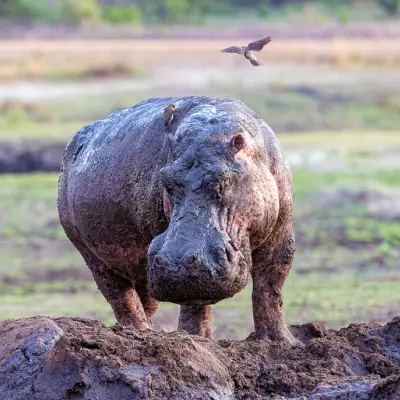




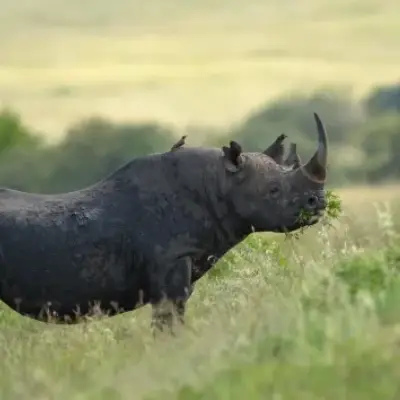

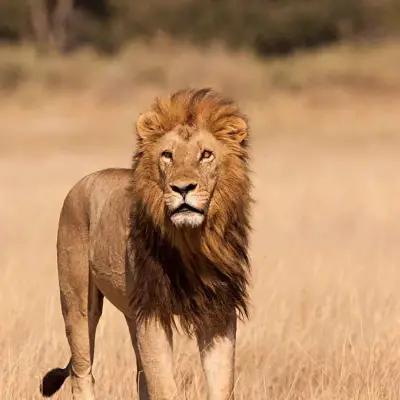
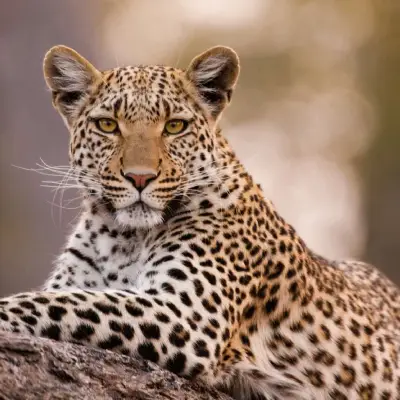
 22°C
22°C 65MM
65MM






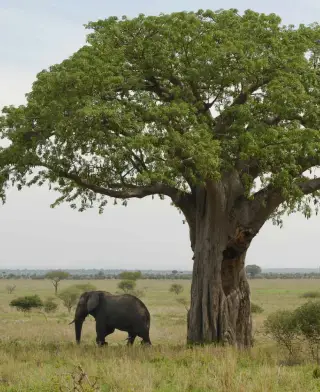




















"Excellent Company To Climb With"
I booked my Kilimanjaro climb (6 Day Machame route) with Ascend Tanzania because I was travelling solo and on a budget
Read Reviews